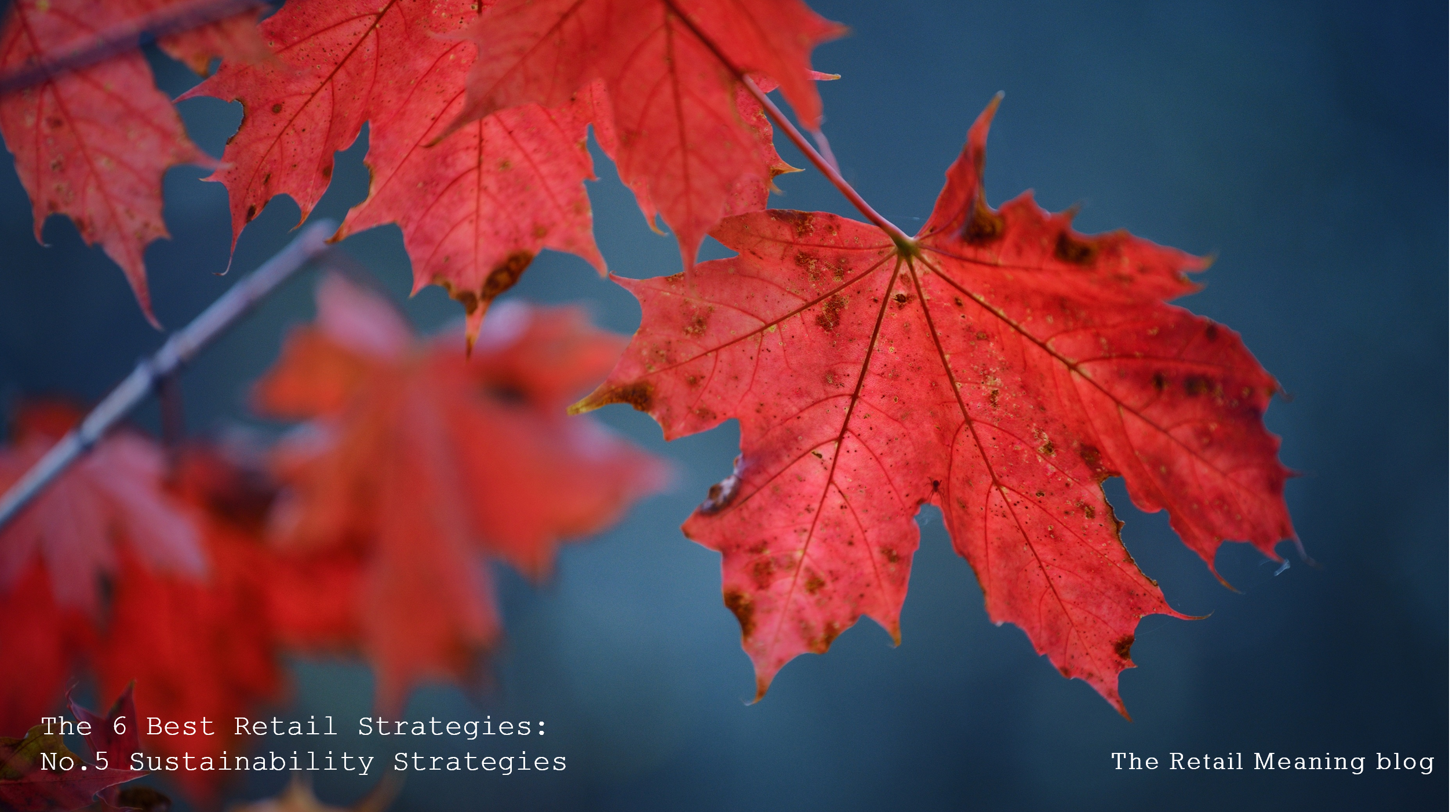Sustainability: Making more from less
Time has long passed, from when a sustainable initiative was not much more than a smart marketing strategy. Sustainability has now irreversibly developed into something essential to establish commercial traction with many customers.
Responsibility for sustainability has also shifted, from the marketing department to every department across a business. Products are being held up as icons of the sustainable age, and so too are the businesses that produce and sell them. Shaming of exploitative businesses and the wasteful products they sell has gained a momentum that is not going to slow.
For our commercial, as well as our existential security, it is essential that retail embraces every aspect of sustainability.
Greater than the disruptive markets we operate in, is the disrupted world that we live in.
Evolving sustainable education
The process of evolution begins with education. Increasing the awareness of colleagues, customers and suppliers about sustainable materials & processes is the minimum first level of achievement.
A ‘quick-win’ overhaul of the complete buying & merchandising process is simply not going to happen. Superficial changes make little difference to either the business credentials of the retailer or the actual impact on the environment, and genuine sustainability.
Un-picking and re-inventing existing processes
Fundamental change requires the un-picking of existing process principles and collaborations, whilst additional sustainable alternatives are also explored. This takes time, however it does not mean that the buying teams cannot move relatively quickly to selecting more materials that are recyclable or recycled, wherever possible. This begins with education.
Buyers can also evolve further the development of individual products, ranges and capsule collections that are completely re-cyclable, or re-usable. Moving forwards one step at a time can accelerate into a sustainable pace for change across the entire assortment.
The important thing is to have a long-term sustainability strategy in place. And to communicate it honestly.
Customers are also realistic enough to know that every change cannot be made in an instant. However, they are fully aware of the ‘greenwashing’ of businesses claiming to be on the road to sustainability, whilst still clearly driving along the exploitation super-highway.
Marketing campaigns, internal sustainability schemes, charitable collaborations and donations, as well as the harnessing of colleague lifestyle initiatives are all important in communicating to customers that at the very least, the intent to change is a reality within the business.
Enriching the lives of the sustainable customer
At the customer-facing end of the product supply chain there are also numerous activities that can begin to reduce the impact of waste. Ensuring for example that un-sold stock is sold-on to alternative markets or re-used.
There are already retailers who have created ‘sustainable sales chains’ to achieve the highest possible sell-through. These begin with full price shops, then the unsold product journeys onwards to discount outlets, local reduced-price shops, community giveaway shops and then to charities. Along the way, unsellable products can be filtered out of the system to be re-made into more attractive new products or deconstructed into raw materials at the earliest opportunity.
Every fibre, and every ounce of remaining material, can be donated to collaborators and partners for re-cycling. These refreshed raw materials can be re-used in any number of ways from making wood substitutes, compounds for industrial use, fillings for sofas, rubber for tyres, hardcore for roads.
There is no excuse for waste, and the customer is no longer accepting any.
The enrichment of the existing buying and merchandising processes should also continue with specialist and intense education on sustainable and harmful materials and processes. Buying and merchandising must embrace the twin goals of reducing waste, whilst increasing the use of recyclable and recycled materials.
Expanding sustainable assortments
Buying & merchandising teams need to work from individual items and capsule collections towards full collections that only use sustainable materials and processes. Heightened awareness should facilitate the design and creation of products that also avoid the combination of materials that together make them un-usable, and un-cyclable in the future. Horror-hybrids.
In the product development process itself, the adoption of technologies to streamline and improve the accuracy of the product sampling processes also have the potential to reduce waste through making more products sellable, increasing sell-through rates. Good for the retailer, the customer, as well as the environment.
